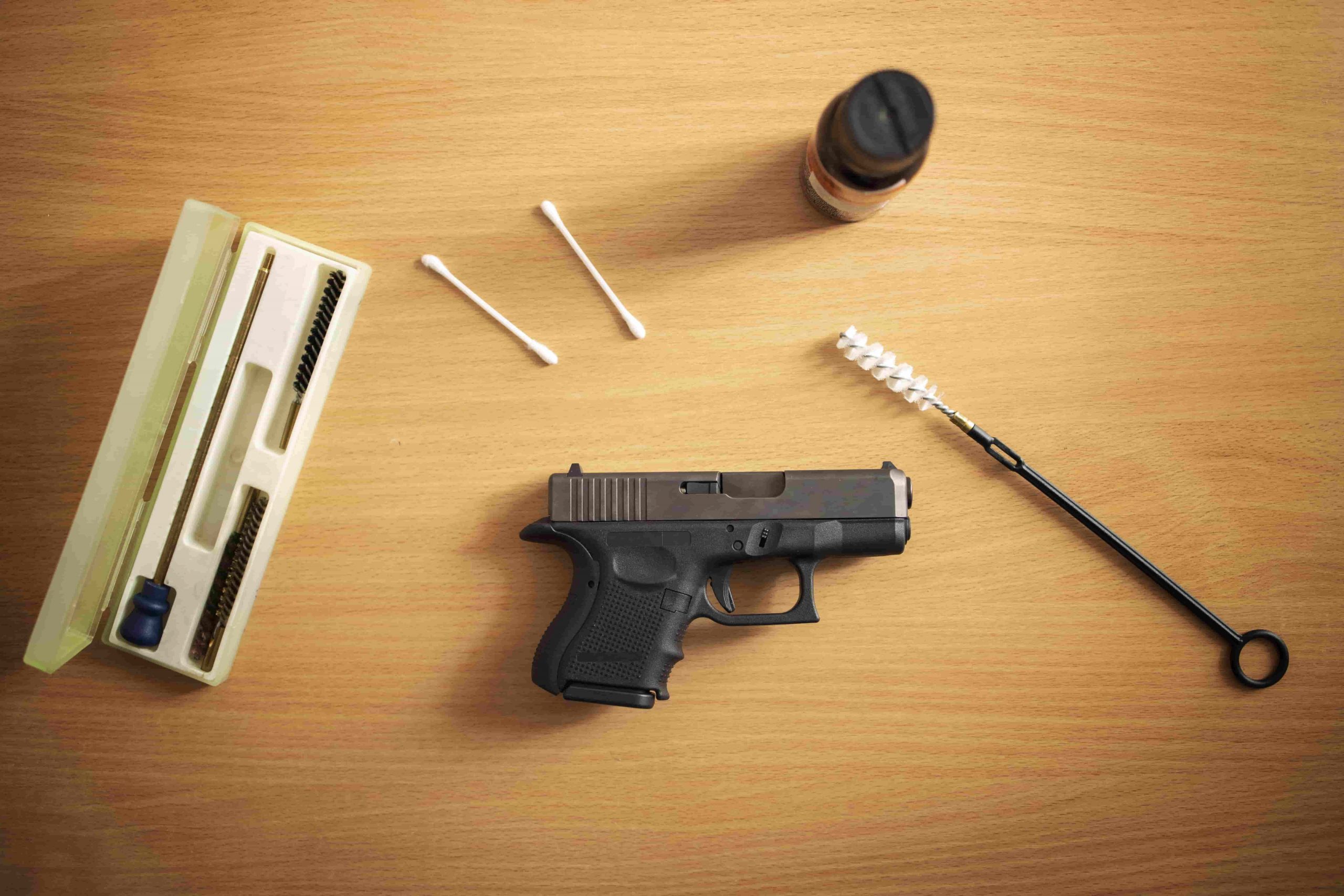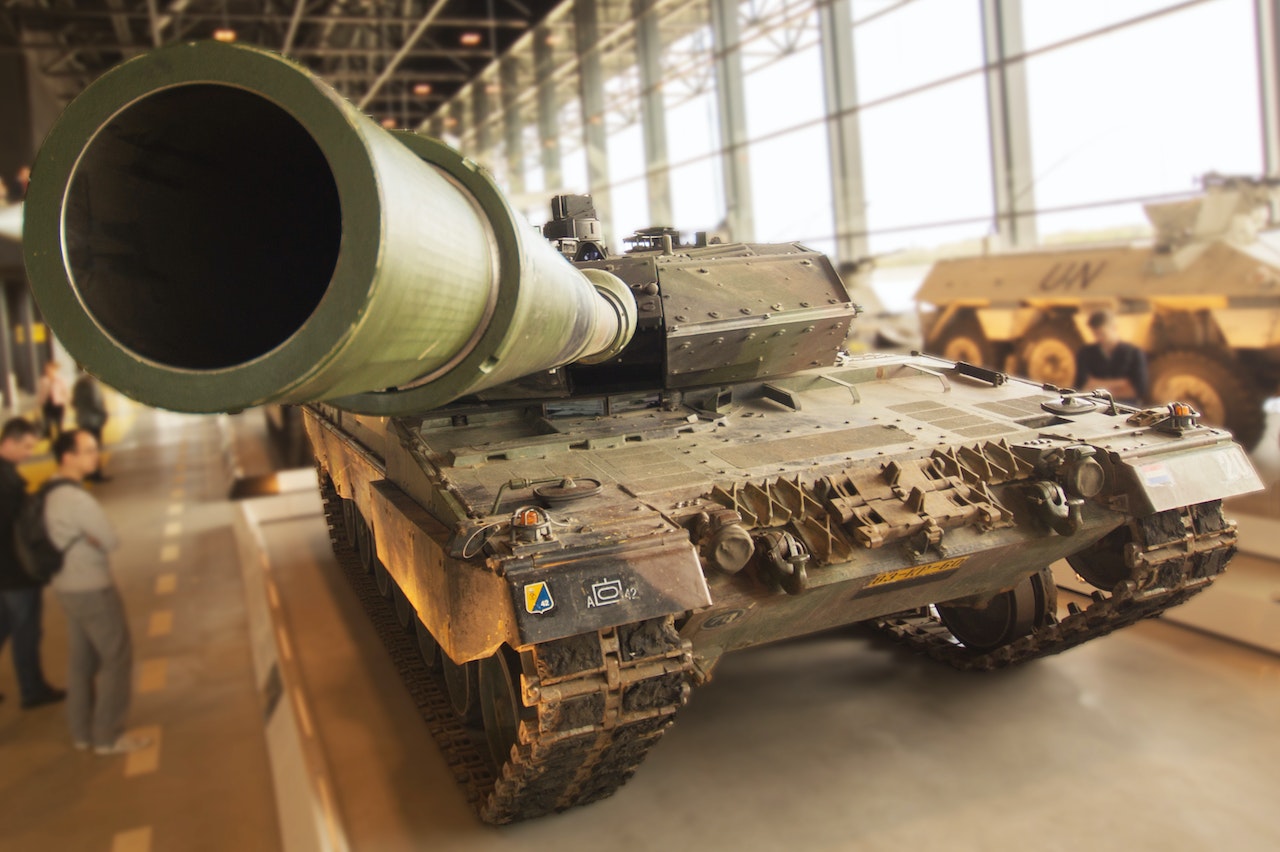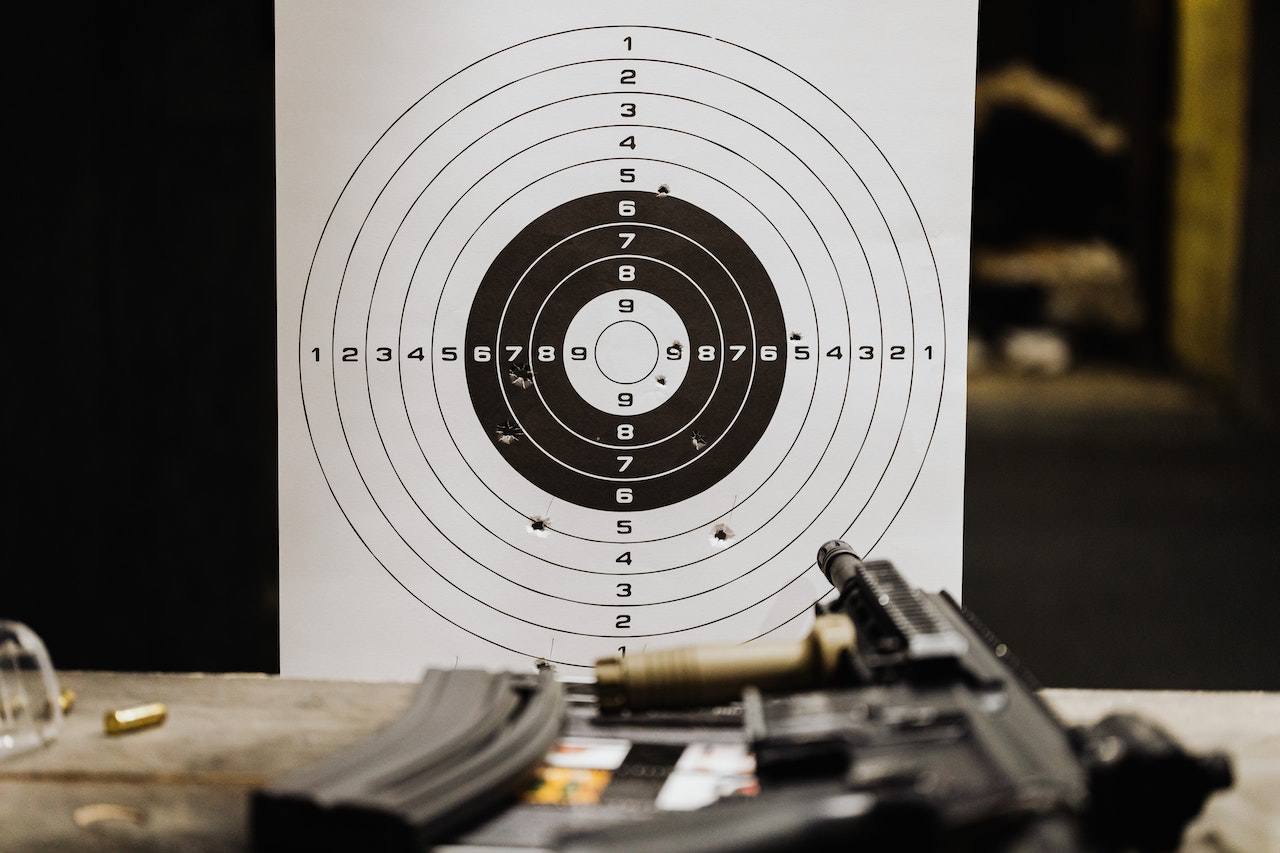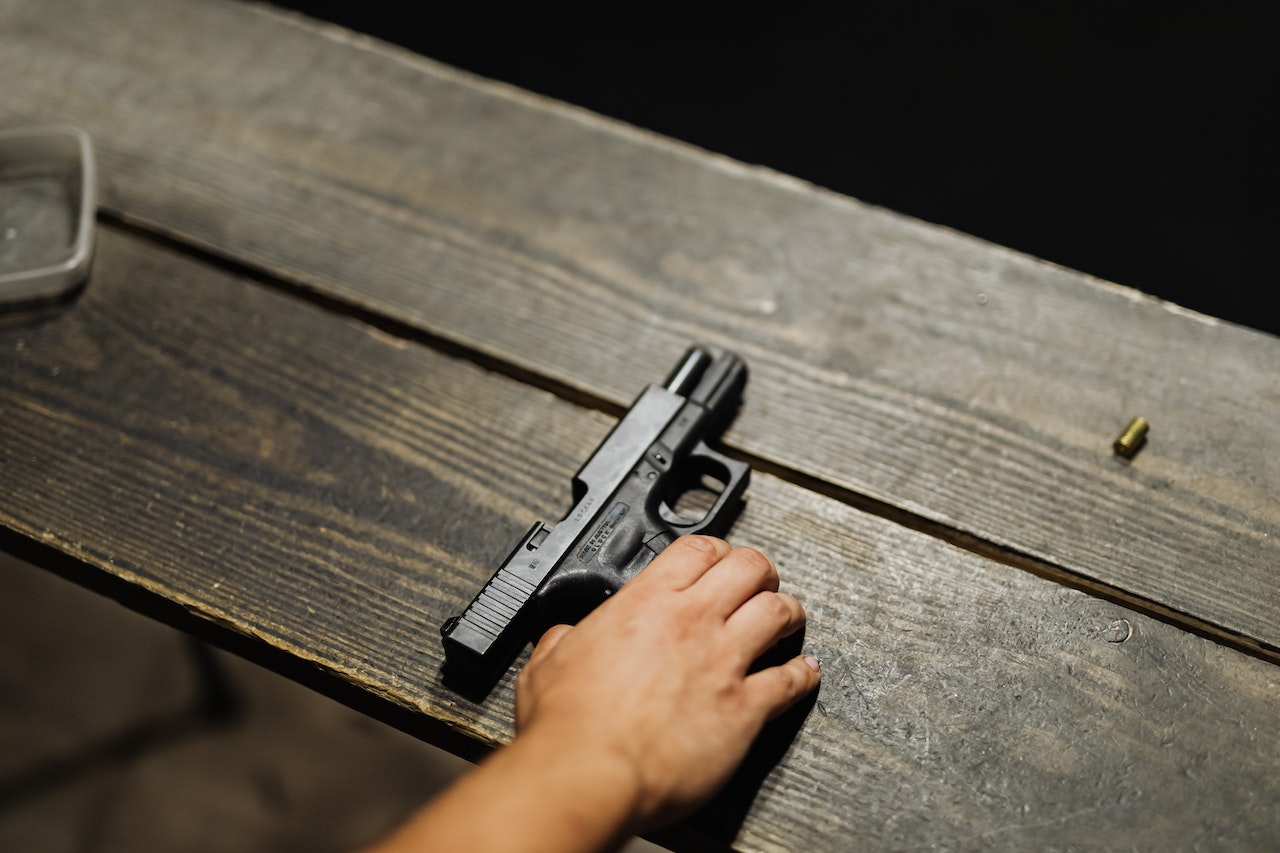The M16 rifle has cemented its status as one of the most iconic firearms in military history. Introduced in the 1960s during the Vietnam War, this lightweight, accurate, and versatile rifle quickly became the standard issue for the United States Armed Forces. While its design and functionality have been refined over decades, the question remains: what does the future hold for this legendary firearm? In this article, we’ll explore the origins of the M16, its current state, and the innovations that could define its next chapter.
The Origins of the M16
The M16 was initially developed from the AR-15, a design by Eugene Stoner, and was manufactured by Colt. Its introduction into military service marked a significant shift from the heavier M14 rifle, offering soldiers a lighter, more manageable weapon with higher magazine capacity. The M16’s chambering for the 5.56x45mm NATO round also represented a move towards ammunition that was faster, lighter, and capable of wounding rather than solely killing—an advantage in modern warfare.
During its early years, the M16 faced criticism for its susceptibility to jamming due to design flaws and improper maintenance protocols. However, subsequent models, including the M16A1, addressed these issues with improved parts and revised maintenance practices. Over time, the M16 evolved into a highly reliable and adaptable platform.
The M16 Today: Versatility in Design
Modern iterations of the M16, such as the M16A4, showcase the rifle’s adaptability. Equipped with a flat-top receiver and Picatinny rail, the M16A4 allows for the attachment of various optics, lasers, and other accessories. This modularity has kept the platform relevant in an age where customization is key to operational success.
Additionally, advancements in materials have made the M16 lighter and more durable. Polymer components and corrosion-resistant coatings have enhanced the rifle’s performance in harsh environments. The M16 also serves as the foundation for other platforms, such as the M4 carbine, which has become the primary service rifle for many militaries worldwide.
Potential Developments for the M16
The future of the M16 rifle is likely to be shaped by advancements in technology and evolving military needs. Below, we examine some of the trends and innovations that could influence its design:
1. Smart Integration
The integration of smart technology into firearms is becoming a reality. The M16 could be equipped with digital optics, ballistic calculators, and augmented reality (AR) systems to provide soldiers with enhanced situational awareness. Such technology would enable real-time adjustments for wind, distance, and target movement, ensuring greater accuracy.
2. Lightweight Materials
The use of cutting-edge materials like carbon fiber and advanced polymers could make the M16 even lighter without compromising durability. These materials also reduce recoil, improving accuracy and shooter comfort.
3. Improved Suppressors
Future iterations of the M16 may feature built-in suppressor technology, reducing noise and muzzle flash. This would be particularly advantageous for urban and close-quarters combat, where stealth is often critical.
4. Alternative Ammunition
Research into caseless and telescoped ammunition could revolutionize the way the M16 operates. These technologies promise reduced weight and increased ammunition capacity, allowing soldiers to carry more rounds without adding to their load.
5. Enhanced Ergonomics
Future designs may focus on ergonomic improvements, making the rifle more comfortable for a wider range of users. Adjustable stocks, ambidextrous controls, and enhanced grips are already becoming standard in modern firearms.
6. Modular Upgrades
The modular nature of the M16 ensures its adaptability to future upgrades. From advanced optics and targeting systems to AI-driven components, the M16 platform can remain relevant through incremental improvements rather than complete overhauls.
Challenges to Overcome
Despite its versatility and adaptability, the M16 faces challenges in staying relevant in the face of emerging rifle technologies. Competing platforms, such as the Heckler & Koch HK416 and the SIG Sauer MCX, offer advanced features and reliability that rival the M16’s capabilities. Additionally, the increasing focus on compact, multi-caliber rifles may challenge the M16’s dominance as a standard-issue firearm.
To remain competitive, future iterations of the M16 will need to address these challenges while maintaining its core attributes of accuracy, reliability, and ease of use.
The Civilian Market for the M16
Beyond military applications, the M16 platform remains popular among civilian shooters. Semi-automatic variants, modeled after the M16 and M4, are widely used in sport shooting, hunting, and home defense. The rifle’s modularity and availability of aftermarket parts make it a favorite among gun enthusiasts looking to customize their firearms.
As new technologies emerge, the civilian market is likely to see similar innovations adapted from military developments. From smart optics to lightweight materials, civilian versions of the M16 could benefit from the same advancements that drive its military evolution.
The Legacy of the M16
The M16 has left an indelible mark on military history, serving as both a symbol of innovation and a testament to the importance of adaptability in firearm design. Its evolution over the decades reflects the changing nature of warfare and the constant push for better, more efficient tools for soldiers.
As we look to the future, the M16’s legacy will likely continue through a combination of technological innovation and its enduring role as a platform for experimentation and improvement. Whether it’s through smart integration, advanced materials, or revolutionary ammunition, the M16 remains a weapon of the past, present, and future.
Conclusion
The M16 rifle has evolved significantly since its introduction, adapting to the demands of modern warfare while maintaining its status as an iconic firearm. Its journey from the jungles of Vietnam to today’s battlefields showcases its resilience and versatility. Looking ahead, the M16 is poised to embrace the technological advancements that will shape the next generation of firearms.
For enthusiasts and professionals alike, the M16’s story is far from over. With its potential for modular upgrades and integration of cutting-edge technology, the M16 will likely remain a relevant and reliable tool in the hands of future generations. Whether in the hands of soldiers, collectors, or sport shooters, the M16’s evolution is a testament to the enduring value of innovative firearm design.





